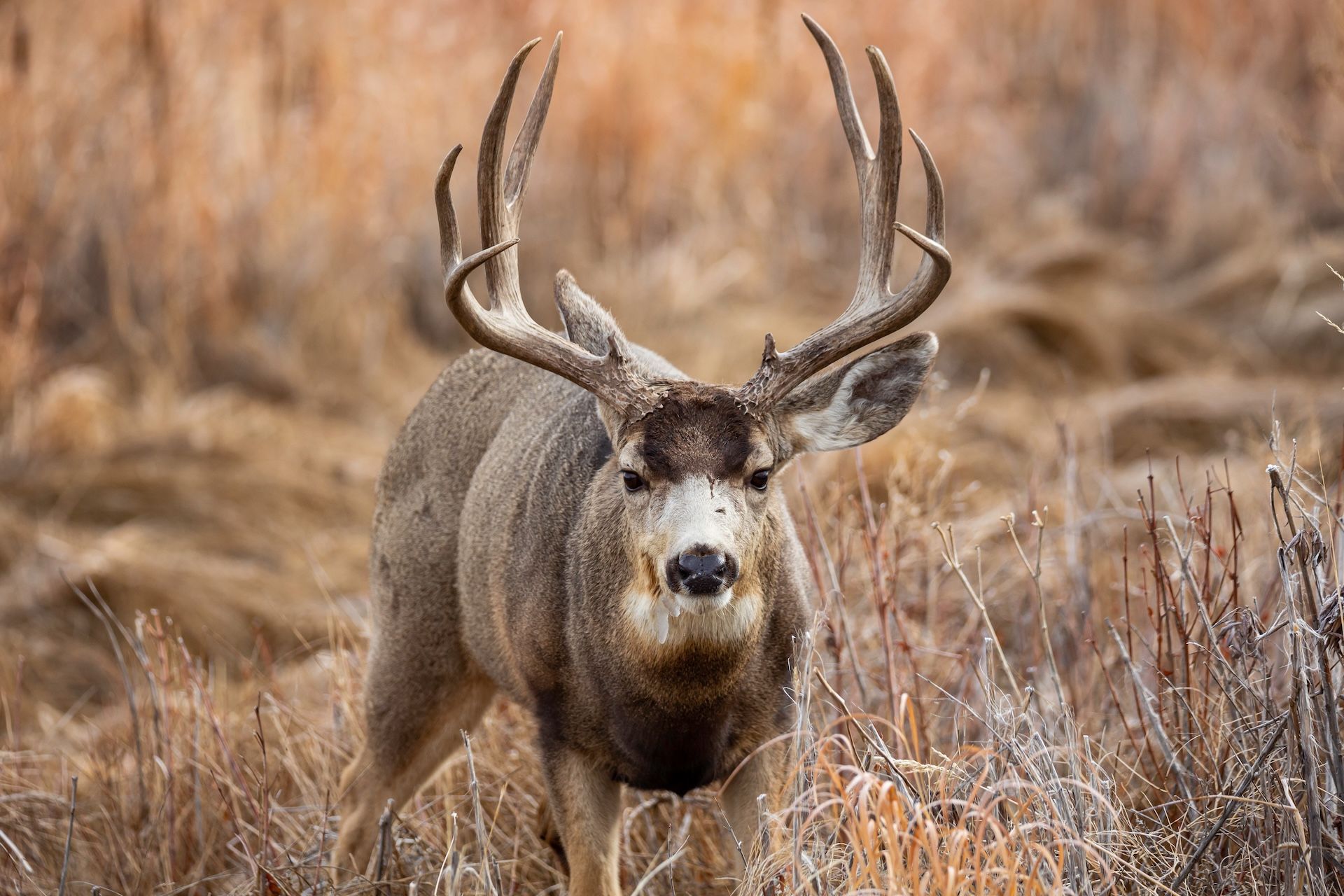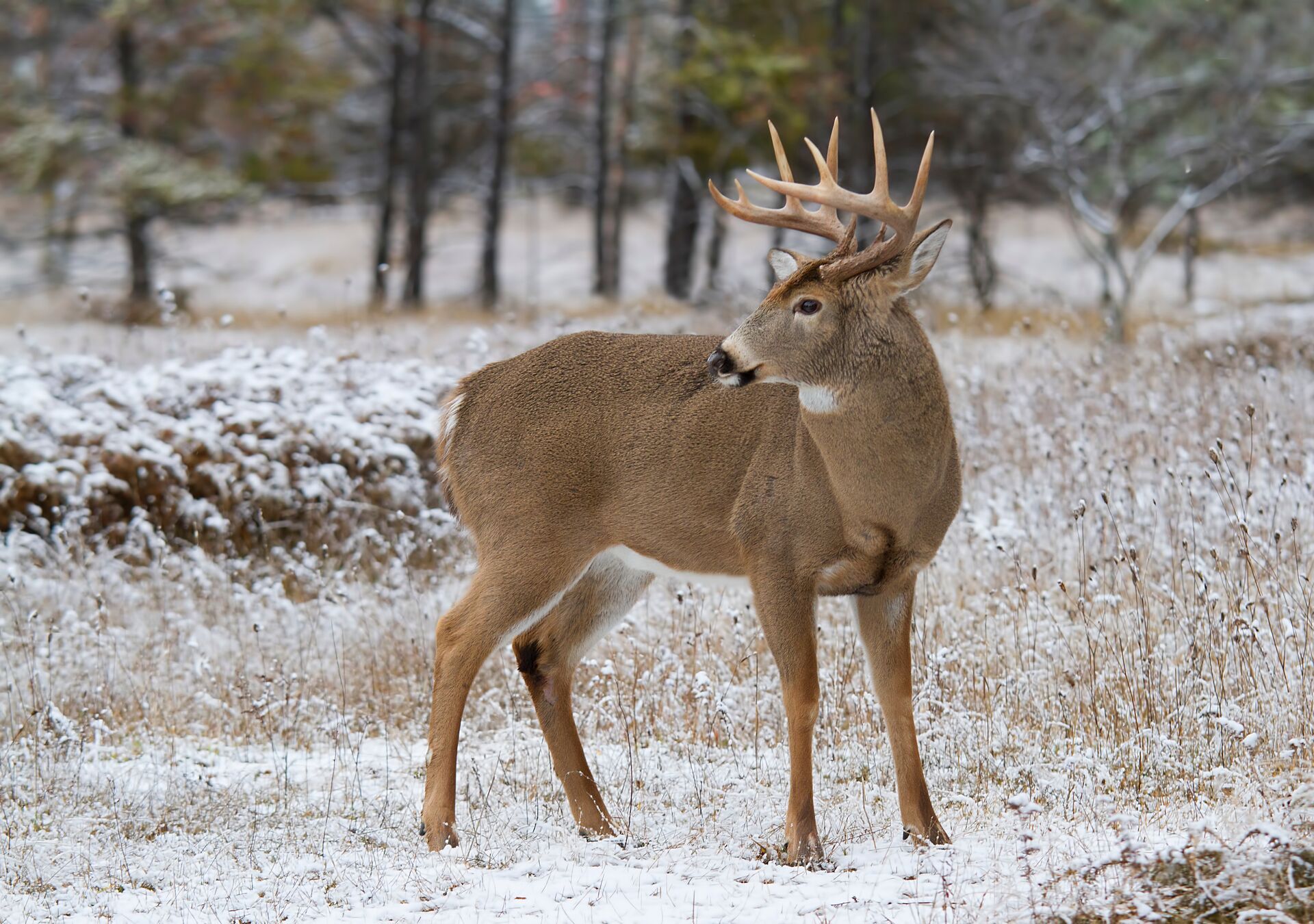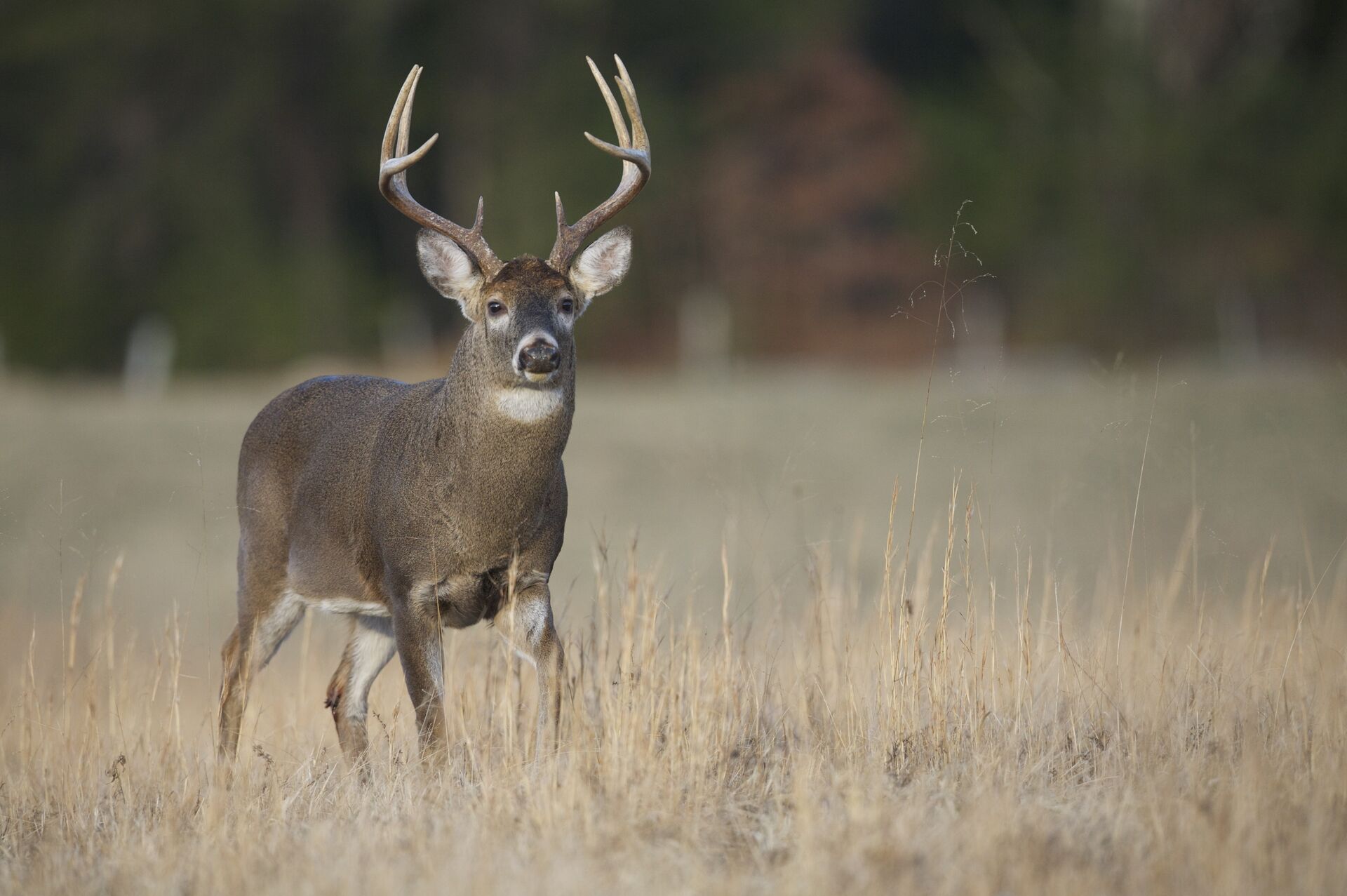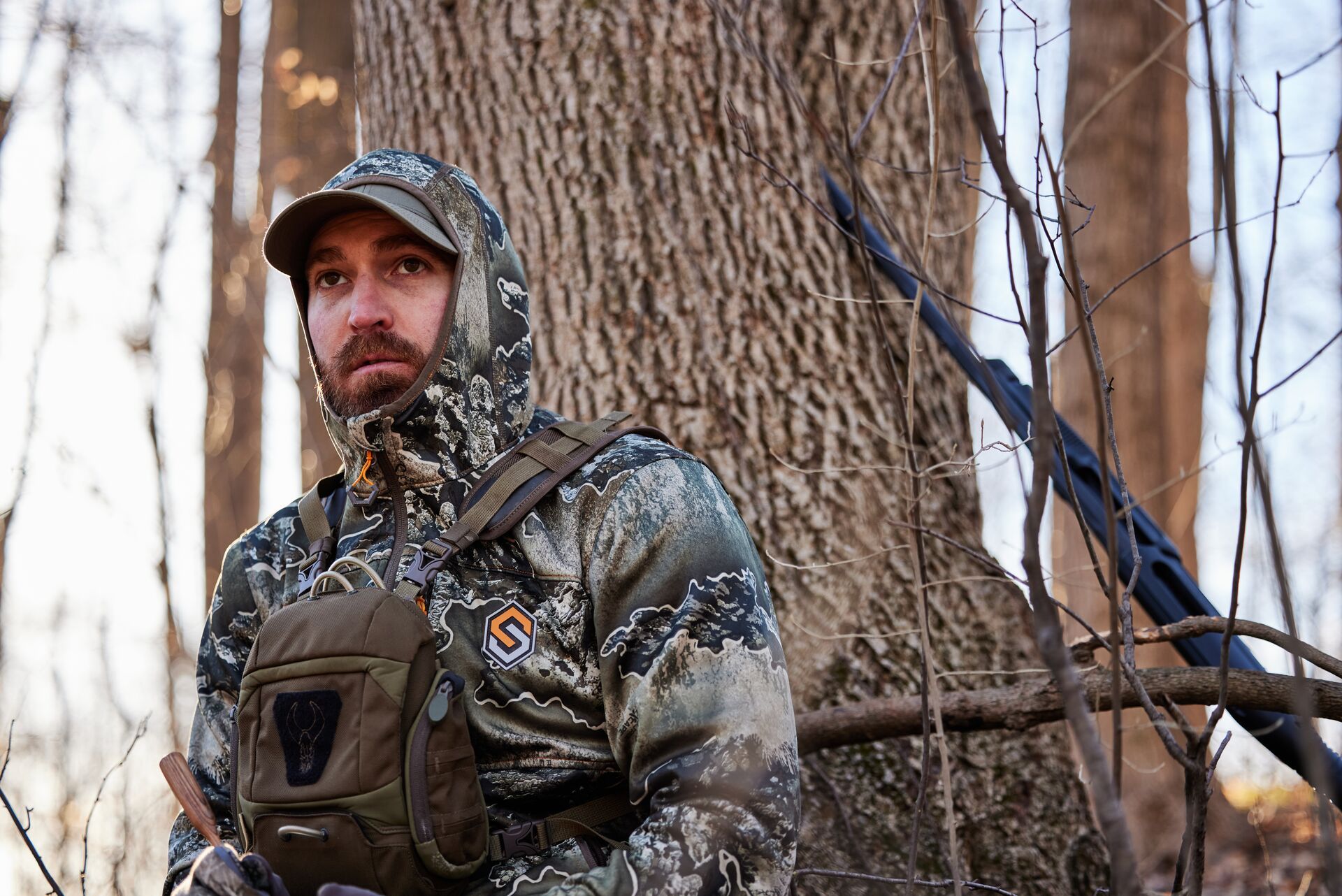Field Guide / Deer
5 Spring Whitetail Habitat Tips for Every Hunter
From scouting to deer habitat activities to shooting your bow, there are some very important deer hunting and deer habitat activities that you need to accomplish in the spring.
Previous in Deer
More Content Like This

Why Are Mule Deer Called Mule Deer?
If you’ve ever glassed a high country meadow or sagebrush flat in the desert as the sun slips below the ridgeline above, chances are you may have spotted an icon of the American West: the mule deer. Read More
Read More
When Is the Minnesota Deer Hunting Season for 2025?
Minnesota is a treasure trove of regional diversity, offering a range of hunting opportunities for all styles and approaches. The abundance of options promises a deer season filled with adventure and success. Read More
Read More
When Is PA Deer Season 2025?
The Pennsylvania deer season is right around the corner, and proud local Pennsylvanians and out-of-staters are gearing up for a strong season and heading to their local outdoor shop for last-minute gear and insights. Read More
Read More Deer
DeerWhy Are Mule Deer Called Mule Deer?
If you’ve ever glassed a high country meadow or sagebrush flat in the desert as the sun slips below the ridgeline above, chances are you may have spotted an icon of the American West: the mule deer. Read More
Read More Deer
DeerWhen Is the Minnesota Deer Hunting Season for 2025?
Minnesota is a treasure trove of regional diversity, offering a range of hunting opportunities for all styles and approaches. The abundance of options promises a deer season filled with adventure and success. Read More
Read More Deer
DeerWhen Is PA Deer Season 2025?
The Pennsylvania deer season is right around the corner, and proud local Pennsylvanians and out-of-staters are gearing up for a strong season and heading to their local outdoor shop for last-minute gear and insights. Read More
Read More
1 of 3
